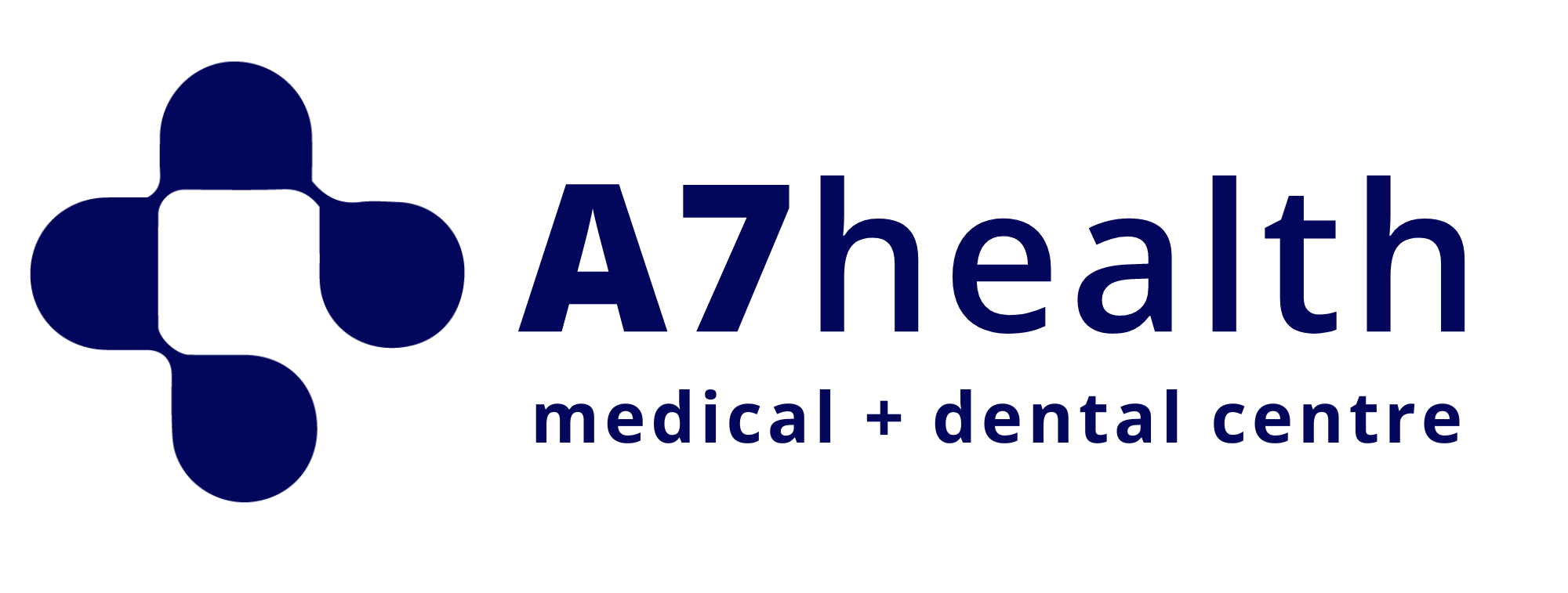Patellofemoral Syndrome: Symptoms, Causes, and Treatment
Patellofemoral Syndrome (PFS), commonly referred to as runner’s knee, is a prevalent condition that affects the knee joint. It often occurs in athletes, especially runners, but can affect anyone. This webpage provides valuable insights into PFS, its symptoms, causes, and treatment options, including physiotherapy rehabilitation.
Symptoms of Patellofemoral Syndrome
- Dull, aching pain around or behind the kneecap.
- Pain worsens when squatting, climbing stairs, or sitting for extended periods.
- A sensation of grinding or popping in the knee.
- Swelling and inflammation around the knee joint.
- Reduced strength and stability in the leg.
If you are experiencing any of these symptoms, book your consultation and treatment at A7 Health.

Causes of Patellofemoral Syndrome
PFS typically results from factors such as overuse, muscle imbalances, or biomechanical issues. Activities that stress the knee joint, like running, contribute to the development of PFS.
Treatment for Patellofemoral Syndrome
- Rest and Ice: Reducing activity and applying ice can help manage pain and inflammation.
- Physical Therapy: Physiotherapy rehabilitation focuses on strengthening the muscles around the knee, improving flexibility, and correcting any movement abnormalities. Book your appointment for an assessment and treatment.
- Orthotics: Custom shoe inserts may correct alignment issues.
- Medication: Non-steroidal anti-inflammatory drugs (NSAIDs) can alleviate pain.
- Surgery: In severe cases, surgical intervention may be necessary.
Treatment at A7 Health for Patellofemoral Syndrome:
Get Patellofemoral Syndrome Rehabilitation – Book an appointment with a Physiotherapist at A7 Health who will assess you in a 45 minute consultation and provide treatment alongside a treatment plan to alleviate symptoms and promote recovery. Some of the treatments include:
- Strengthening Exercises to strengthen the muscles around the knee, particularly the quadriceps, to improve knee joint stability and alignment.
- Stretching and Flexibility Training to help enhance flexibility and reduce tightness in muscles and tendons, relieving pressure on the knee joint.
- Manual Therapy – Hands-on techniques such as soft tissue mobilization and joint mobilization can help reduce pain, improve range of motion, and correct biomechanical issues in the knee.
